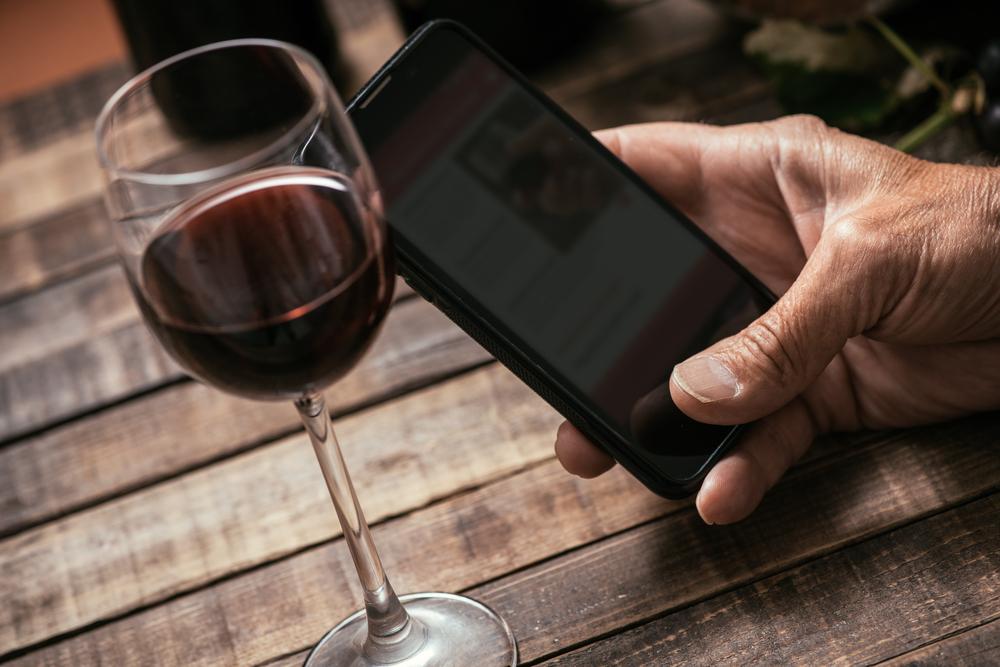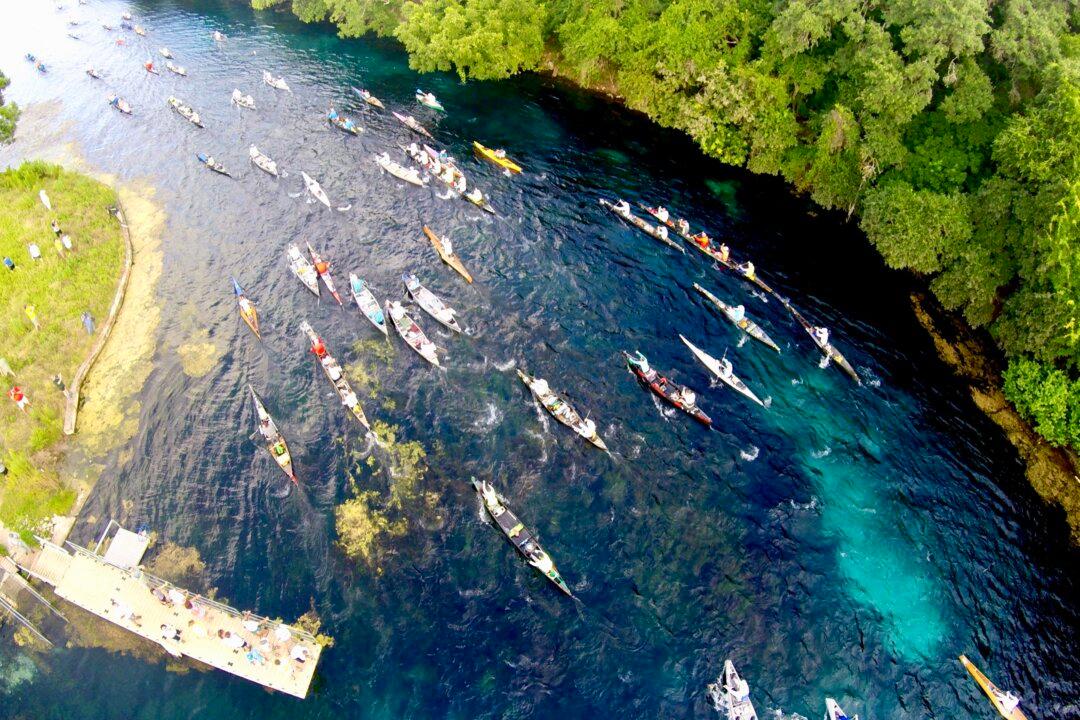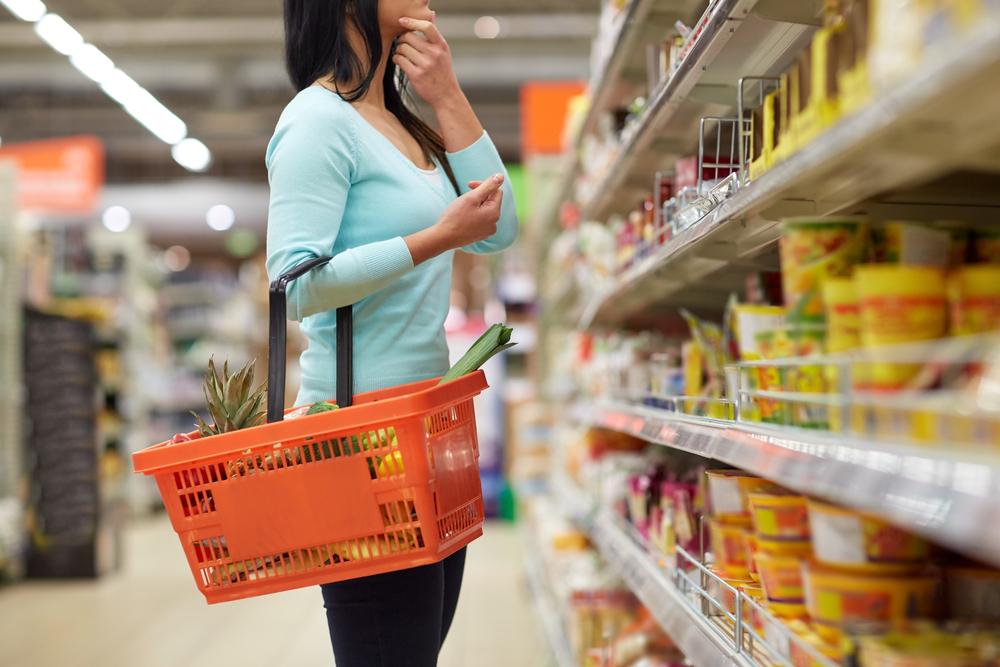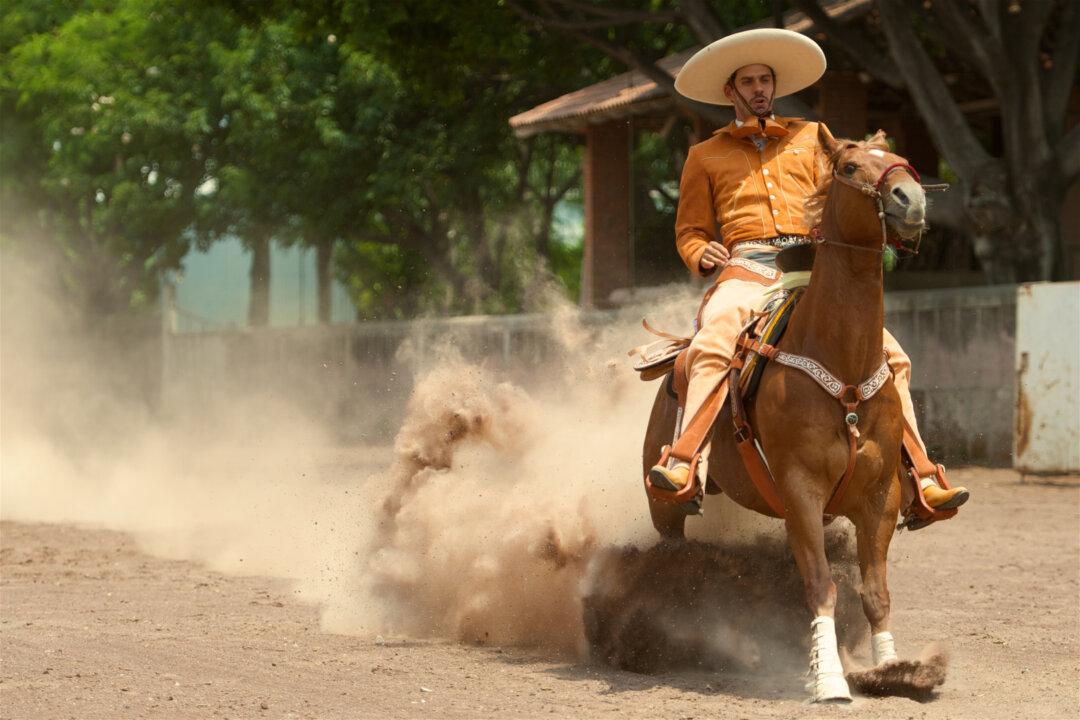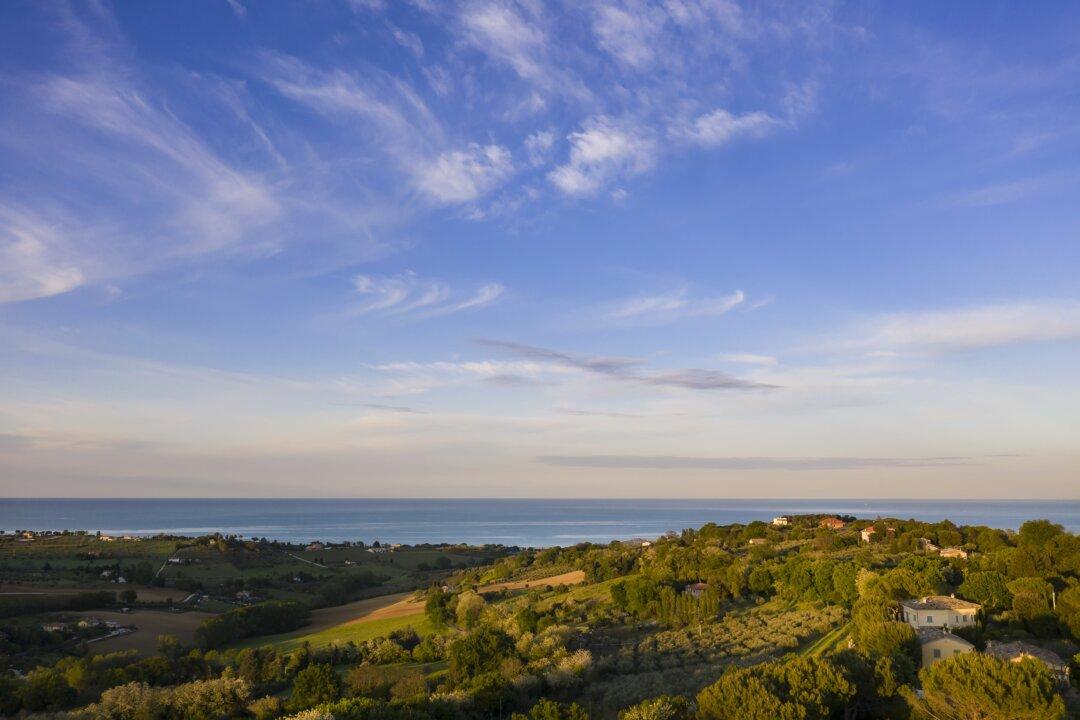In March, I attended the Vinexpo New York show in New York City. Featuring more than 400 exhibitors from 26 countries and 3,000 North American wine and spirits professionals—including a mix of importers and distributors, buyers and e-commerce specialists, and sommeliers and mixologists—it was two days packed with educational sessions and networking opportunities.
While tasting through a conference hall lined with world-class wines and the producers eager to discuss them sounds like a great way to spend two days, I chose to focus on the educational component: the scholarly conferences.

